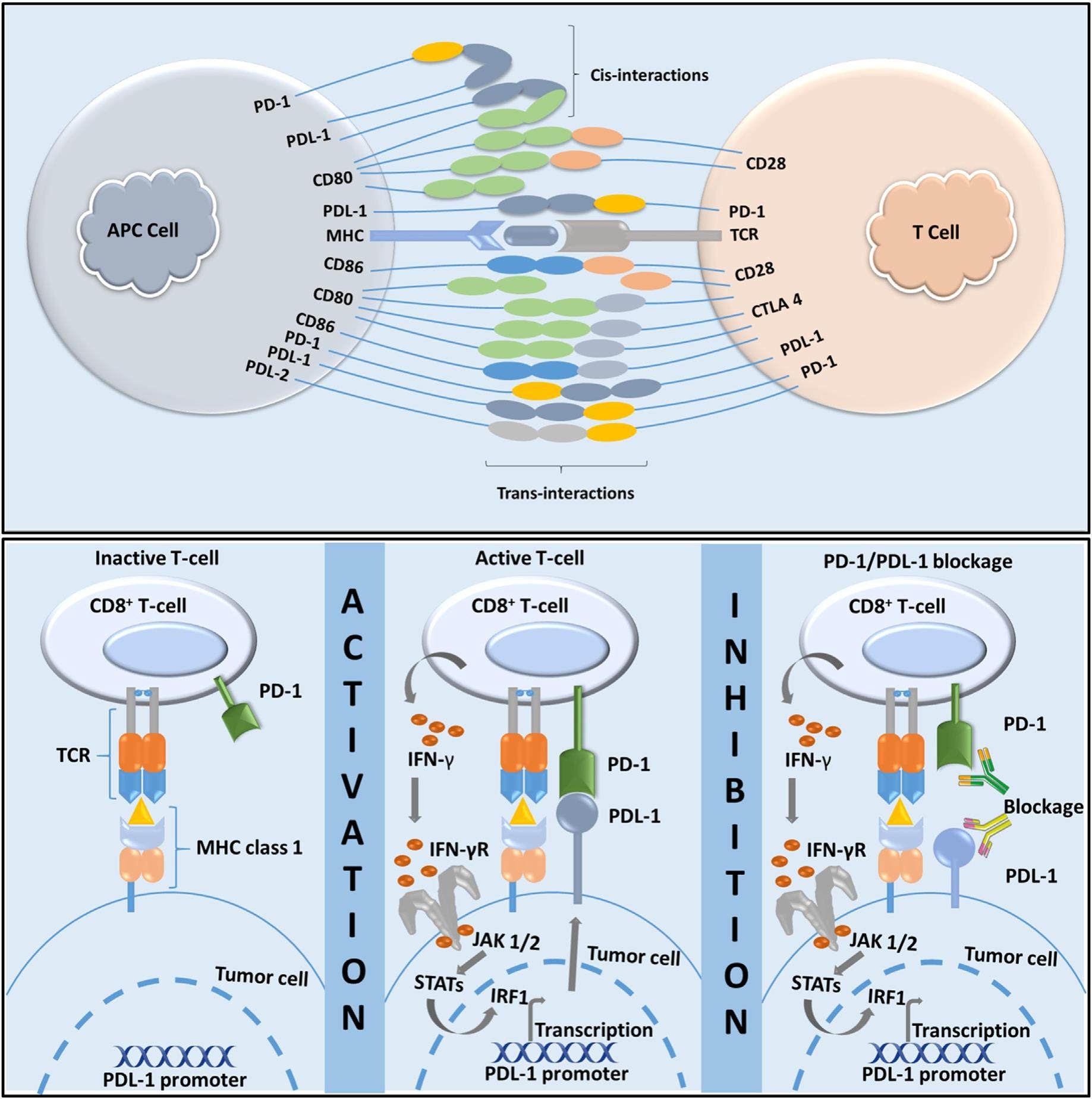
Targeting PD-1/PD-L1 in cancer immunotherapy: An effective strategy for treatment of triple-negative breast cancer (TNBC) patients


Maintaining the balance between eliciting immune responses against foreign proteins and tolerating self-proteins is crucial for maintenance of homeostasis. The functions of programmed death protein 1 (PD-1) and its ligand programmed death ligand 1 (PD-L1) are to inhibit immune responses so that over-reacting immune cells does not cause any damage to its own body cells. However, cancer cells hijack this mechanism to attenuate immune cells functions and create an immunosuppressive environment that fuel their continuous growth and proliferation. Over the past few years' rapid development in cancer immunotherapy has opened a new avenue in cancer treatment. Blockade of PD-1 and PD-L1 has become a potential strategy that rescue the functions of immune cells to fight against cancer with high efficacy. Initially, immune checkpoint monotherapies were not very successful, making breast cancer less immunogenic. Although, recent reports support the presence of tumor infiltrating lymphocytes (TILs) in breast cancer that make it favorable for PD-1/PD-L1 mediated immunotherapy, which is effective in PD-L1 positive patients. Recently, anti-PD-1 (pembrolizumab) and anti-PD-L1 (atezolizumab) gets FDA approval for breast cancer treatment and make PD-1/PD-L1 immunotherapy is meaningful for further research. Likewise, this article gathered understanding of PD-1 and PD-L1 in recent years, their signaling networks, interaction with other molecules, regulations of their expressions and functions in both normal and tumor tissue microenvironments are crucial to find and design therapeutic agents that block this pathway and improve the treatment efficacy. Additionally, authors collected and highlighted most of the important clinical trial reports on monotherapy and combination therapy.
